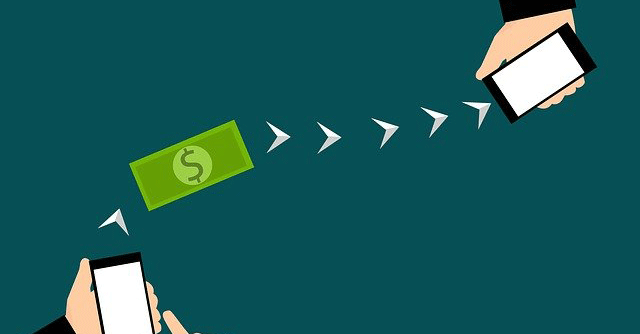
Online platforms bank on ‘sachet culture’ to sell digital content


Online platforms in India are taking a page out of old-school fast-moving consumer goods (FMCG) brands in India to convert non-paying users into paying ones. Like shampoo and biscuit sellers, who sell ‘sachets’ of their products for a few rupees, these companies are selling digital content the same way. The “sachet culture”, along with the growing ubiquity of digital payments is helping firms drive revenues by asking users for payments worth a rupee or two instead of buying expensive digital content or subscribing to services at once.
For instance, Indian audiobook and series platform, PocketFM, has seen its monthly recurring revenue grow by 350% quarter-on-quarter since February, on the back of such payments, according to Ashu Behl, senior vice president of content at PocketFM. The platform introduced micro payments since February. Such payments allow any of the platform's 15 million monthly active users (MAUs) to access a fraction of a full series — something akin to a ‘demo’ version.
The company isn’t alone either. In December 2020, global music streaming platform Spotify introduced ‘Mini’ prepaid plans in India, which brought with them premium features, like ad-free music streaming and offline downloads at ₹7 per day, or ₹25 per week. In a statement, a company spokesperson said that Mini plans have since been successful in adding new and paying users to the platform.

The spokesperson also added that India’s “sachet culture”, coupled with the ubiquity of Unified Payments Interface (UPI), made micro payment options apt for the Indian market.
The sachet culture was first introduced back in 1983 by Indian FMCG brand CavinKare. They account for over 75% of the country’s shampoo market today, according to market statistics firm, Future Markets Insight. The same is expected in the internet market.
This growth is tipped to be in line with the overall growth of digital payments in India. The latest Digital Payments Index score published by the Reserve Bank of India (RBI) in January, said that digital payments in India have grown over 3x between March 2018 and September 2021.

According to Ranadurjay Talukdar, partner and payments advisory leader at consultancy firm Ernst & Young India, about 20% of all digital payments being made in India fall under the microtransactions category. This figure, Talukdar said, has grown over the past year as more users have come online, had the convenience of UPI, and companies have accordingly offered ‘micro’ plans to go with this boom.
Like PocketFM and Spotify, vernacular live streaming platform, Bolo Live, has earned revenues worth ₹36 crore in the last year — a 4x growth — by selling digital items, like stickers and tokens, that cost around ₹10. Varun Saxena, founder and chief executive of Bolo Live, said that the app today has over 3.5 lakh users conducting microtransactions.
Keerti Singh, co-founder and vice-president of growth at award-winning gaming firm Hitwicket, added that two out of every five paying customers make a microtransaction as their first online payment. “We have seen more than 40% of Indian paying users making their first purchase in the game through microtransactions – which contribute up to 20% of our total revenue. In India, there has been a 300% increase in the rate of conversion of non-payers to payers through our in-app transactions,” Singh said.

Further, EY’s Talukdar explained that the lack of additional charges involved in the UPI payments process also helps run such transactions. He added that affordable smartphones, coupled with democratization of internet connectivity through mobile data, has also helped the cause of cashless payments in India.
Micropayments are also helping platforms earn revenues from tier-II and III markets. While tier-I markets continue to serve the greater volume of online payments for now, a spokesperson from payments gateway Razorpay said that in 2021, tier-II and III cities “saw 45%, and 54% growth in online transactions, respectively,” and a chunk of these were “predominantly” from microtransactions.
“In terms of industries, the highest contributor to transactions was food and beverages, followed by gaming, bill payments and e-commerce. In 2021, these sectors contributed to over 57% of total transactions done on the platform,” the spokesperson added.

As Saxena summed up, “Users today find microtransactions more democratic in nature, rather than subscription models.”
